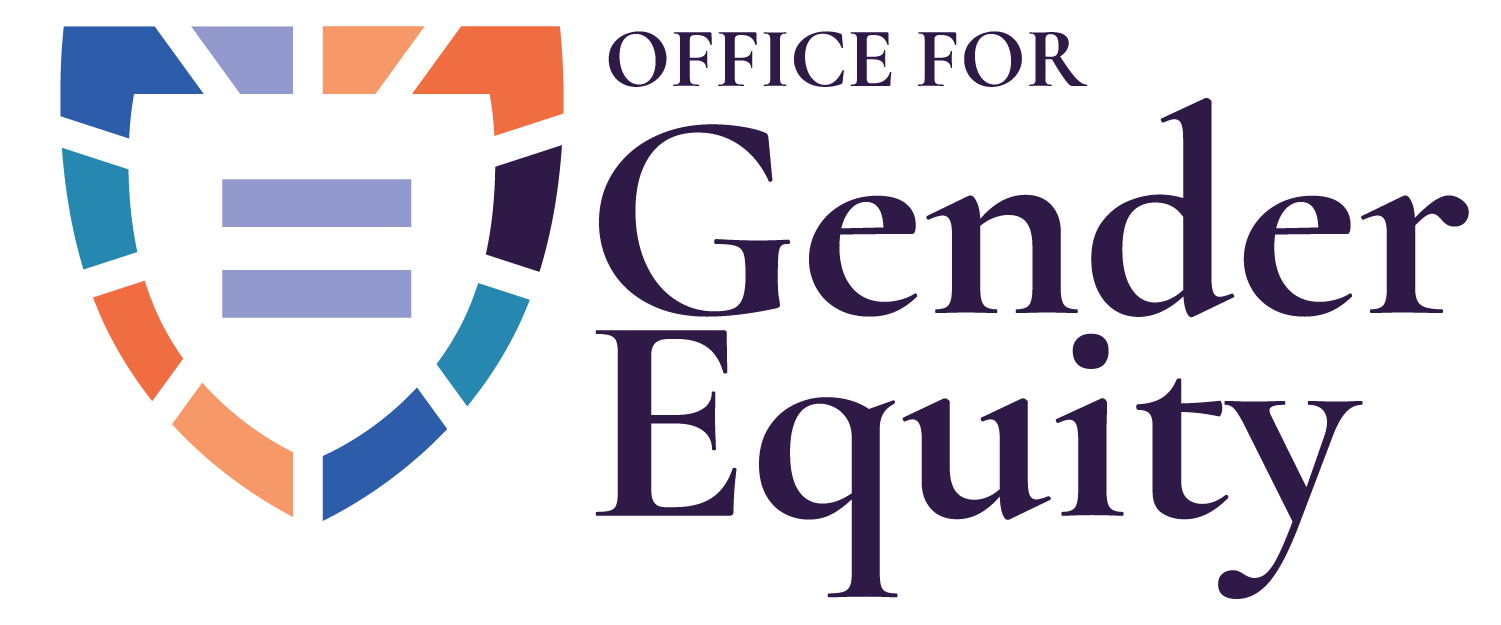“Recently on a Harvard shuttle, a man embarked claiming he was an employee. He sat down and started talking inappropriately to a woman nearby. The person started saying how pretty she was, offering her money and telling her lewd stories about himself. I caught her eye and asked if she was okay.
I told him that he was being inappropriate. He then started saying explicit things to the bus driver, who eventually kicked him off. I know the intention of this training isn’t to make us do this, but I felt it was my obligation to jump in, as everyone around was in shock and didn’t know what to do. So, thank you!”
— José, Harvard Employee
